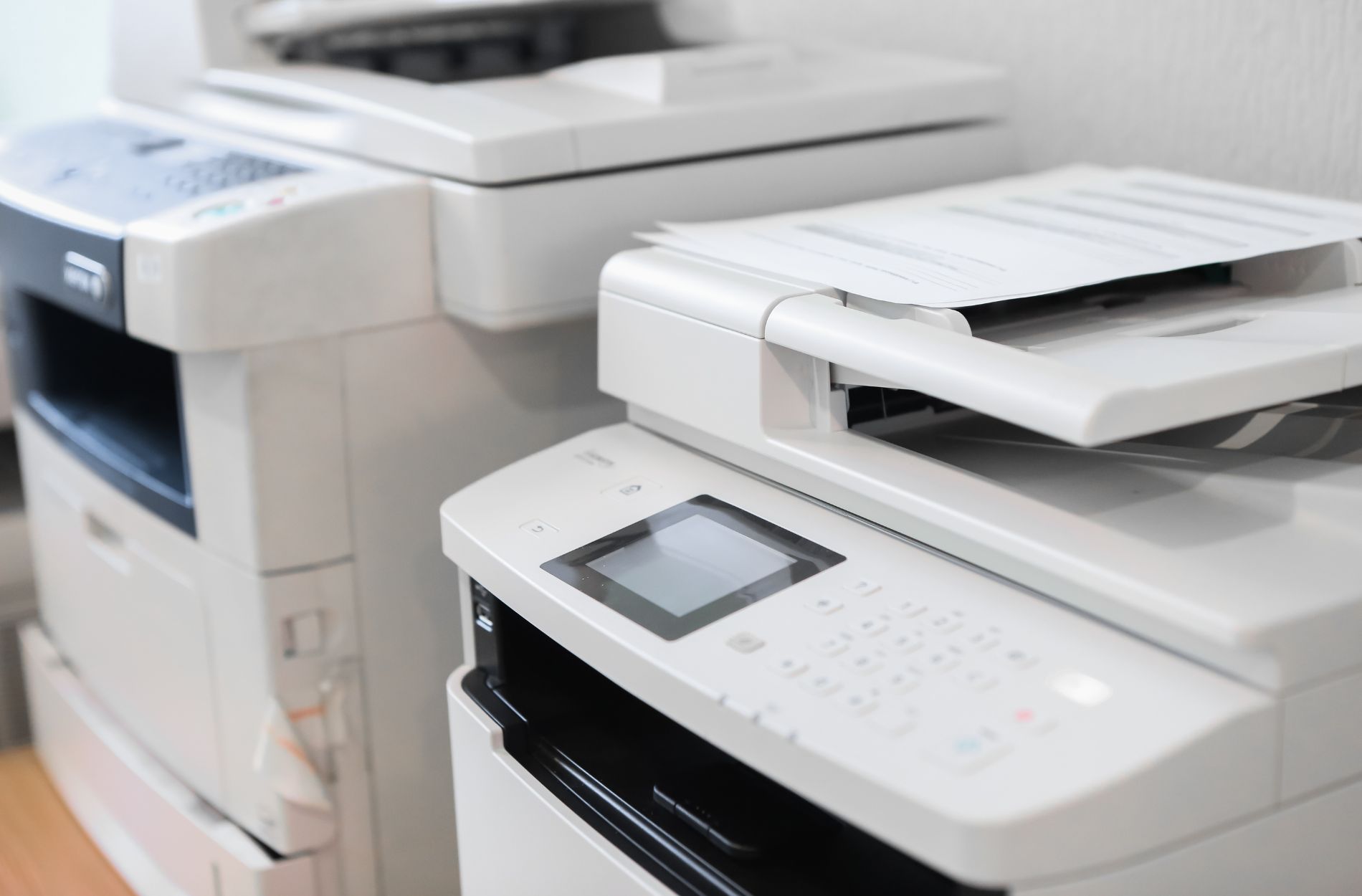
As a small business owner, it is essential to have access to cutting-edge equipment and tools required to remain competitive and meet the ever-evolving demands of your customers. However, purchasing the necessary equipment can sometimes be a financial burden, tying up valuable capital that could be allocated to other crucial aspects of your business, such as marketing, staffing, or inventory management. This is where equipment financing comes into play – providing an ideal solution to help your company acquire the resources it needs without incurring significant debt or depleting cash reserves.
This comprehensive blog post will serve as your guide to understanding the power of equipment financing for small businesses, exploring the benefits, types, and key considerations of this financial tool, and how it can be effectively utilized to fuel growth and stability for your company. Our goal is to arm you with the knowledge and insights required to make informed decisions about equipment financing and its potential to support and enhance the success of your business.
As experts in business loans, equipment leasing, and merchant services, we have a deep understanding of the unique challenges faced by small businesses in an ever-changing market landscape. Join us as we journey through the world of equipment financing, providing practical tips, advice, and guidance on how to harness this powerful financial tool to bolster your company’s performance and prosperity.
Throughout this comprehensive guide, we’ll shed light on the power of equipment financing as a strategic solution for small businesses, enabling you to chart a strong financial course for your company and secure a solid footing for the future.
The Power of Equipment Financing: A Comprehensive Guide for Small Businesses
Successful small businesses often require state-of-the-art equipment and machinery to remain competitive in the market and meet the growing demands of their customers. Equipment financing is a powerful tool that enables small businesses to acquire the necessary assets without straining their budget or incurring significant debt. In this blog post, we’ll discuss the benefits, uses, and key considerations of equipment financing for small businesses.
1. The Benefits of Equipment Financing
Equipment financing offers numerous advantages for small businesses, making it an attractive option for acquiring critical assets.
Conserve Cash Flow
By opting for equipment financing, small businesses can maintain their cash flow and allocate funds to other essential business activities such as marketing, hiring, or inventory management.
Preserve Credit Lines
Using equipment financing allows businesses to preserve existing credit lines, providing additional flexibility for potential future borrowing.
Tax Advantages
Equipment financing can potentially provide tax benefits for small businesses, as interest payments and depreciation may be tax-deductible. It is essential to consult a tax professional to determine the tax implications for your specific business situation.
Upgrade Opportunities
With equipment financing, small businesses can take advantage of upgrade opportunities and stay ahead of the curve with the latest technology and machinery, preventing equipment obsolescence.
2. Types of Equipment Financing
There are two main types of equipment financing: equipment leasing and equipment loans. Both options have their unique benefits and considerations, depending on your business’s needs and financial situation.
Equipment Leasing
Equipment leasing enables businesses to rent equipment for a specific period, typically on a monthly basis. This option is ideal for small businesses that need equipment for a short term or want to avoid the cost of ownership. At the end of the lease, companies can choose to return the equipment, extend the lease, or purchase the equipment.
Equipment Loans
Equipment loans allow businesses to borrow money to purchase equipment, with the equipment itself serving as collateral for the loan. This option is suitable for small businesses that prefer to own the equipment and potentially take advantage of depreciation and other tax benefits.
3. Factors to Consider When Choosing Equipment Financing
When considering equipment financing, it’s crucial to weigh several factors, including the acquisition cost, financing terms, interest rates, and potential tax implications.
Acquisition Cost
Determine the total cost of acquiring the equipment, including the purchase price, installation, maintenance, and any additional fees associated with the financing arrangement.
Financing Terms
Review the terms of the equipment financing agreement, such as the lease duration, interest rates, and repayment structure. Ensure that the terms align with your business’s financial needs and goals.
Interest Rates
Compare interest rates from multiple lenders to find the most competitive rate for your equipment financing. Lower interest rates can result in significant cost savings over the financing term.
Tax Implications
Consult a tax professional to understand the potential tax benefits of equipment financing, such as deducting interest payments and depreciation.
4. Steps to Secure Equipment Financing
Successfully securing equipment financing requires thoughtful planning and preparation. Follow these steps to maximize your chances of obtaining the best financing arrangement for your business.
Assess Your Needs
Determine the type and specifications of the equipment required for your business. Consider factors such as production capacity, energy efficiency, and compatibility with existing systems.
Research Lenders
Investigate various lenders, including banks, credit unions, and specialized equipment financing companies. Understand their financing options, interest rates, and eligibility requirements.
Organize Financial Statements
Prepare your financial statements, including balance sheets, income statements, and cash flow projections. These documents will help demonstrate your business’s creditworthiness and ability to repay the financing.
Apply for Financing
Submit a well-prepared financing application, complete with the necessary documentation, to the lender(s) of your choice. Applying with multiple lenders may increase your chances of securing a favorable financing arrangement.
Conclusion
Equipment financing is a powerful financial tool that can empower small businesses to acquire the necessary assets for growth and stability. By understanding the benefits, types, and key considerations of equipment financing, you can make informed decisions about the most suitable financing option for your unique business needs and objectives.
Reach out to us for more information on equipment financing and how it can enable your small business to secure the resources it needs for continued success and prosperity. Learn more about the best revenue-based financing.



